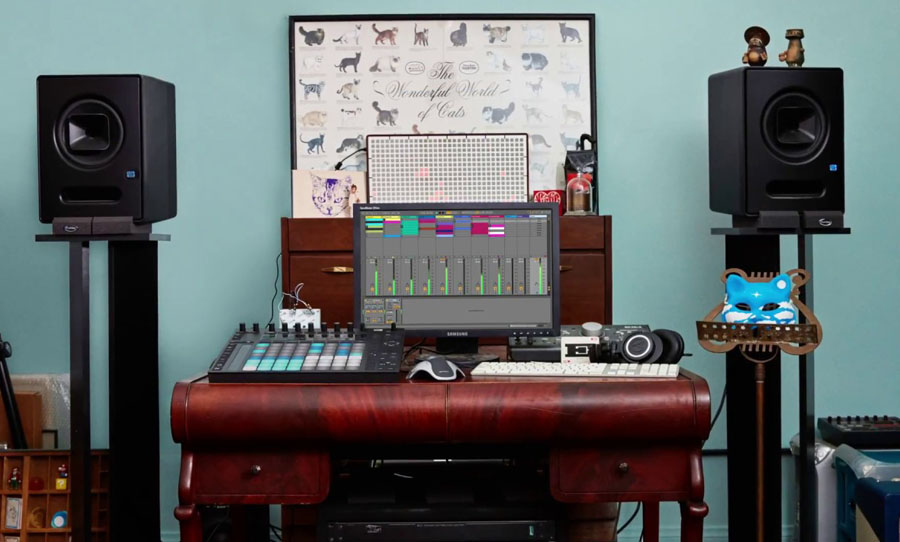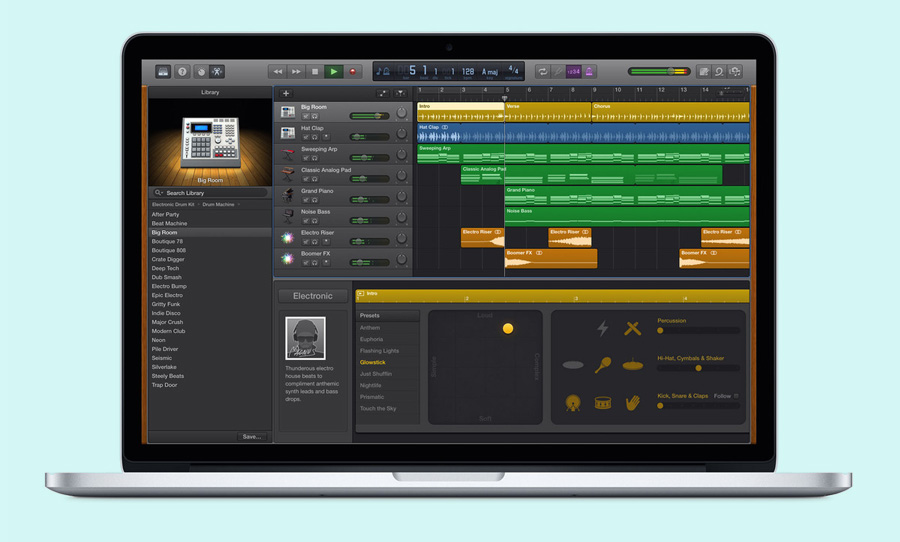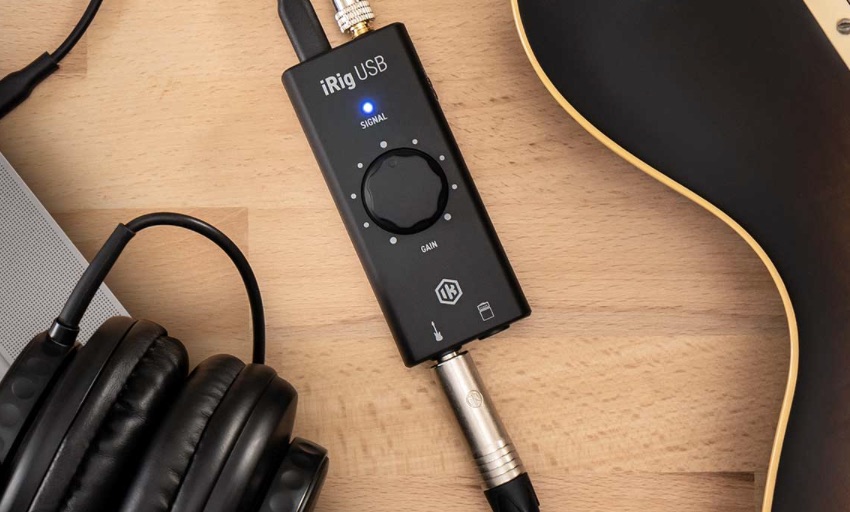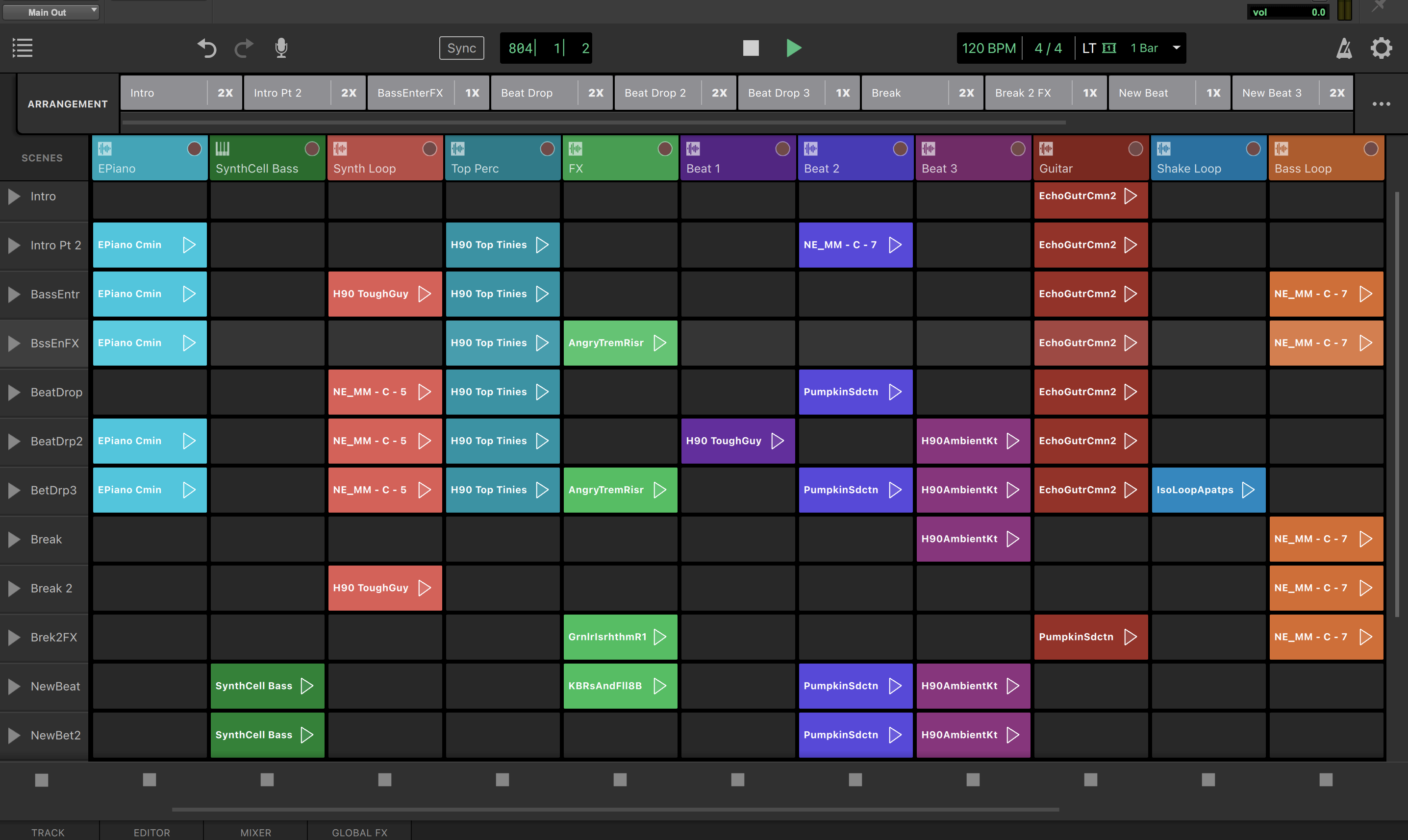Ableton Live began its life at the turn of the millennium. It seems like the primordial past now, but by this stage, the computer had already taken root in the studio. It may not have been the centrepiece yet, but a new generation of musicians already had eyes for the screen as they began their music production adventure.
As the Ableton vision started to take shape, it was clear that they could offer something different. From the minds of Gerhard Behles and Robert Henke came a platform that would transform the nature of live performance for electronic artists.
The competing DAWs have produced a standard over time; there is a certain baseline of tasks most DAWs can perform. What sets Live apart is the flexibility and spontaneity it can offer, providing a route for fully-formed studio concepts to hit the stage.
Ableton Live arrived onto the scene straight from the electronic music melting pot of Berlin. It offered a completely new way to approach production and Live performance.
The mother of invention
The embryonic first chapters of Ableton Live were born out of necessity. The Behles and Henke partnership began with a project named Monolake, a minimal techno act that kept them busy in the clubs of Berlin in the ’90s. Their mutual friend and computer programmer, Bernd Roggendorf helped the pair consolidate their rough-hewn Max patches into a more user-friendly environment. This resulted in version 1.0 of Ableton Live.
This first foray was almost exclusively geared towards live performance. While Live is still the industry-standard software for bringing studio-based productions to the stage, there are other aspects which render this first product almost unrecognisable to today’s users.
Firstly, there were no MIDI sequencing features. Nowadays, Ableton is a MIDI powerhouse, but this first version was all about audio. It’s guiding philosophy was that of conducting pre-recorded elements – being able to tweak samples, but with little regard for capturing ideas.
Beyond satisfying their own requirements, Henke and Behles were struggling to imagine Live beyond a performance tool. It was a chance encounter at an early trade show that opened the creators’ eyes to the potential of the software. Henke explains in an interview with VICE:
“So I handed him my material and only then did I get to read his name tag, and it was Hans Zimmer. Hans told us, “you have something interesting here,” and I really believe he was the first one who understood this piece of software could actually work in a completely different area than what we were assuming.”
Expansion
A few years after initial release, the company had a breakthrough with version 4. They had finally opened the door to the possibilities of MIDI sequencing. A new sample – the long-time favourite, Simpler – came on board and it also had the ability to work with third-party VST and AU virtual instruments. Users could finally use Ableton Live as a central hub for their favourite sounds.
A few more versions down the line and Ableton introduced one of its most creative and fun offerings: Drum Rack. It’s a virtual drum machine with 122 empty pads, just waiting for you to fill it up with your favourite samples and it entered the Live arsenal in version 7.
Now, the DAW has reached version 10. Throughout its life, Live has been building up its battery of virtual instruments and effects, the headline additions in the latest version being the Wavetable synth and Echo: a versatile delay that offers an intuitive way to visualise the effect’s parameters. You can capture MIDI files without even recording, comprehensive audio editing and creative ways to automate are also on hand.
Unlike a DAW like FL Studio, which has become synonymous with particular genres, Ableton Live has splintered into myriad styles. Naturally, it’s a favourite in the EDM scene, being used by producers like Skrillex, Diplo and Flume among others. But it has also made a home in conventional studio environments too. Check out how Ludwig Göransson used Live to produce Childish Gambino‘s hit, Redbone:
A different view
Albeit an impressive roster of devotees, given enough time, artists of this calibre could find a way to realise their vision on any platform. So what makes Ableton Live unique? If you were coming from another DAW, there’s one aspect of Live that might just blow your mind: Session View.
Most DAWs have a horizontal edit or timeline view and a mixer view, with traditional-looking channel strips. Live’s Session View takes the place of the mixer, with its clips arranged into columns according to their sound source.
This has to be Live’s most intuitive feature, simply because it’s a visual manifestation of how many musicians think. You can treat Session View as a blank canvas, spraying ideas everywhere, no matter what the sound, or length of time. It’s all waiting for you when you want to refine your ideas. This way of conceptualising musical information makes spontaneous live performance possible. You can meticulously choreograph your clips into Scenes, or you can click and drag clips around in real-time to suit the mood.
In an age where DAWs are becoming minutely refined and largely share the same capabilities, the innovations of Ableton Live – conceived in the crucible of the Berlin club scene – make it the ideal bridge between the studio and the stage.


